10 Best Herbal Tinctures For Throat Redness
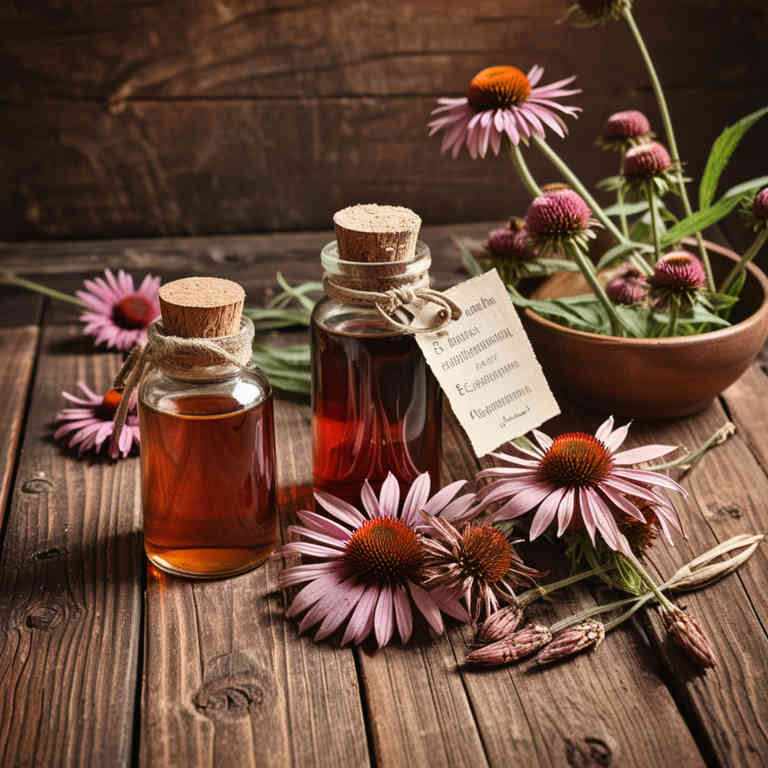
Herbal tinctures are concentrated liquid extracts made from medicinal plants, commonly used to address throat redness and associated discomfort.
These tinctures often contain ingredients like echinacea, licorice root, and sage, which are known for their anti-inflammatory and soothing properties. When applied topically or used as a gargle, they can help reduce swelling and irritation in the throat. They are typically prepared using alcohol or glycerin as a solvent to preserve the active compounds of the herbs.
While generally safe, it is advisable to consult a healthcare professional before use, especially for individuals with allergies or chronic conditions.
FREE COURSE
How to make medicinal herbal tinctures for common ailments at home and in a weekend (using the Healing Drops System).

Table of Contents
1. Thymus vulgaris
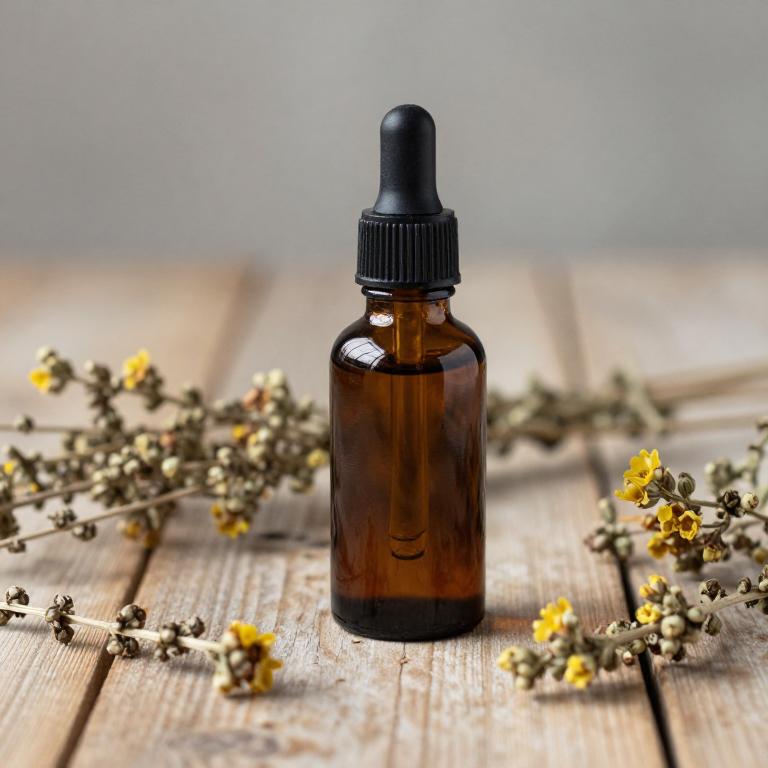
Thymus vulgaris, also known as common thyme, is a popular herb used in herbal tinctures to address throat redness and related respiratory issues.
These tinctures are typically made by soaking the dried leaves and flowers of thyme in alcohol, allowing the active compounds to be extracted for use. Thyme contains powerful antioxidants and antimicrobial properties, which can help reduce inflammation and soothe irritated throat tissues. The essential oils in thyme, such as thymol and carvacrol, are believed to have antiseptic and anti-inflammatory effects that support healing.
When used as a throat gargle or taken in diluted form, thymus vulgaris tinctures may provide natural relief for symptoms associated with sore throats and mild infections.
2. Echinacea purpurea
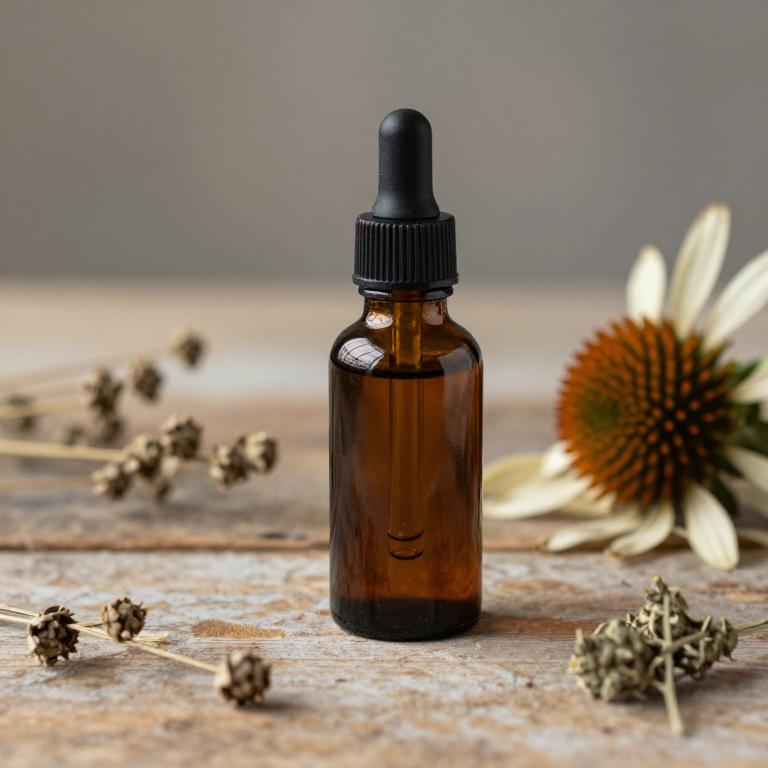
Echinacea purpurea herbal tinctures are commonly used to support immune function and may help alleviate symptoms associated with throat redness, often linked to minor infections or inflammation.
These tinctures contain active compounds like alkamides, caffeic acid derivatives, and polysaccharides, which are believed to have antimicrobial and anti-inflammatory properties. When taken as directed, echinacea tinctures can be a natural remedy for reducing throat irritation and promoting faster recovery from mild throat conditions. However, it is important to consult a healthcare provider before use, especially for individuals with allergies or chronic health conditions.
Overall, echinacea purpurea tinctures offer a potential complementary approach to managing throat redness when used appropriately.
3. Glycyrrhiza glabra
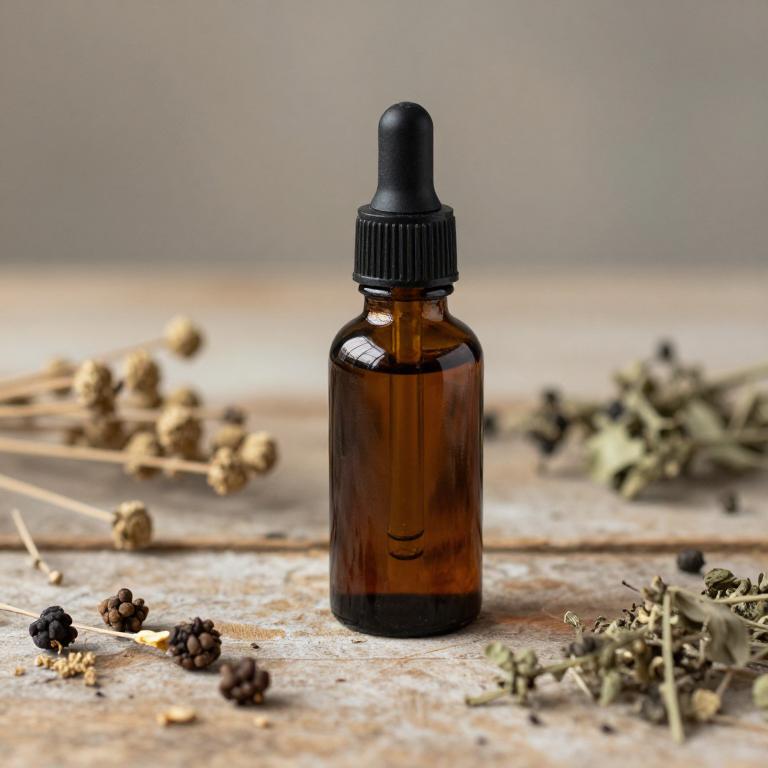
Glycyrrhiza glabra, commonly known as licorice root, has been traditionally used in herbal medicine for its soothing properties, particularly for throat redness and irritation.
The herbal tinctures derived from licorice root contain compounds like glycyrrhizin and flavonoids, which exhibit anti-inflammatory and antiviral effects, helping to reduce swelling and discomfort in the throat. These tinctures are often used as a natural remedy for sore throats, coughs, and other respiratory conditions. Due to their mild and pleasant taste, licorice tinctures are easily incorporated into daily herbal routines.
However, long-term use should be monitored, as excessive consumption may lead to side effects such as hypertension or fluid retention.
4. Zingiber officinale
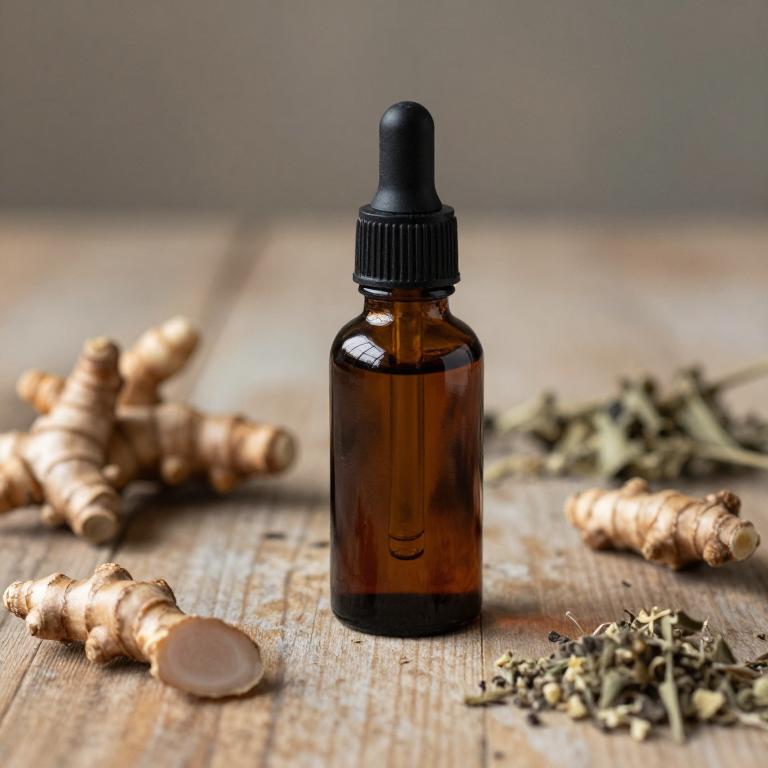
Zingiber officinale, commonly known as ginger, has been traditionally used for its anti-inflammatory and soothing properties, making it a popular ingredient in herbal tinctures for throat redness.
These tinctures are typically prepared by combining fresh or dried ginger root with alcohol, allowing the active compounds such as gingerol and shogaol to be extracted for therapeutic use. The warming effect of ginger helps to reduce inflammation and discomfort in the throat, providing natural relief for conditions like sore throat or laryngitis. When used as a gargle or taken orally, ginger tinctures can help alleviate symptoms and promote healing without the use of synthetic medications.
However, it is important to consult a healthcare professional before using herbal tinctures, especially for individuals with underlying health conditions or those taking other medications.
5. Urtica dioica
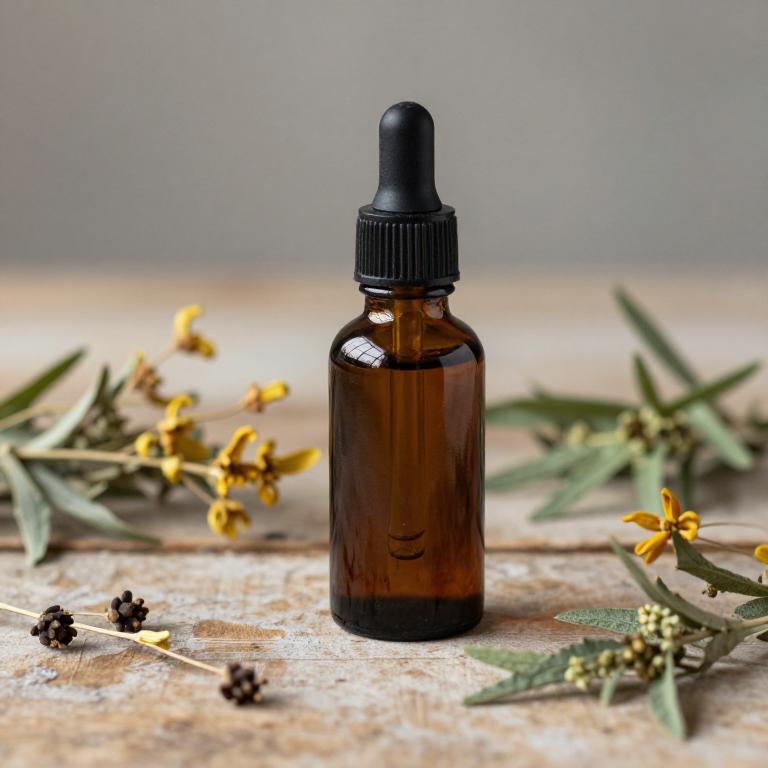
Urtica dioica, commonly known as stinging nettle, is a plant that has been traditionally used in herbal medicine for its anti-inflammatory and soothing properties.
Urtica dioica herbal tinctures are often used to alleviate throat redness due to their high concentration of antioxidants and compounds like flavonoids and polyphenols. These tinctures can help reduce irritation and inflammation in the throat, making them a popular natural remedy for conditions like sore throat or laryngitis. When taken internally, the tincture may support the body's natural healing processes and boost immune function.
However, it is important to consult with a healthcare professional before use, especially for those with allergies or existing medical conditions.
6. Sambucus nigra
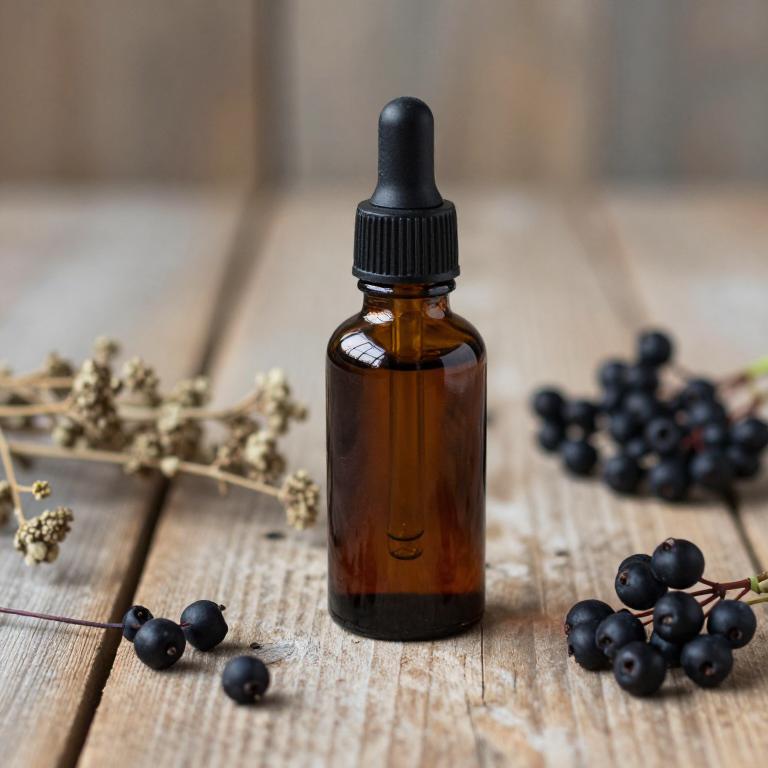
Sambucus nigra, also known as European elderberry, is commonly used in herbal tinctures to address throat redness due to its high concentration of antioxidants and anti-inflammatory compounds.
These tinctures are often prepared by soaking the dried berries in alcohol, which helps extract the beneficial phytochemicals such as flavonoids and anthocyanins. The anti-inflammatory properties of elderberry can help reduce swelling and irritation in the throat, providing relief for conditions like sore throat or pharyngitis. Additionally, its immune-boosting effects may support the body’s natural defenses against viral infections that commonly cause throat inflammation.
However, it is important to consult a healthcare provider before use, especially for individuals with existing health conditions or those taking other medications.
7. Hypericum perforatum
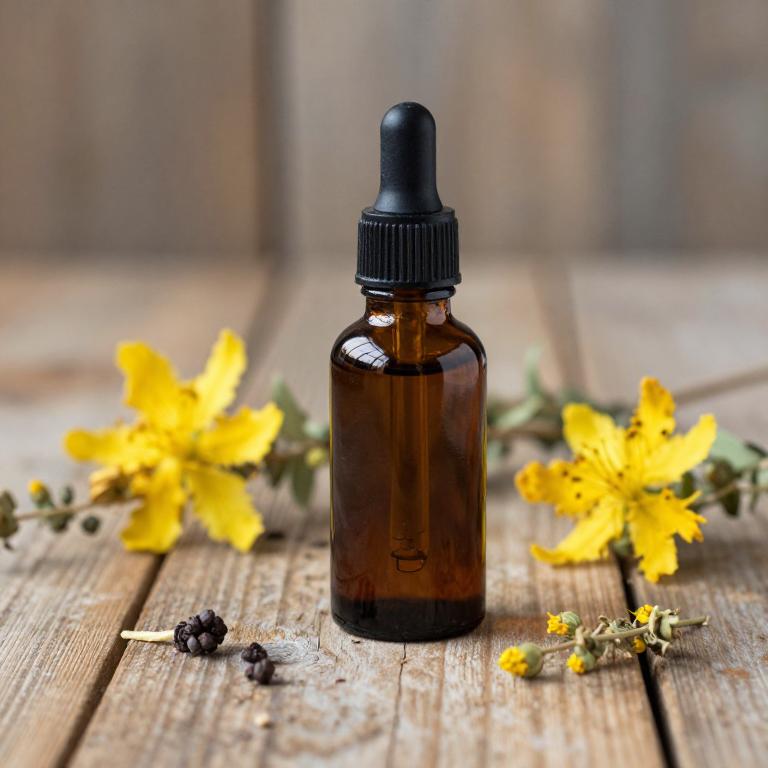
Hypericum perforatum, commonly known as St. John's Wort, has been traditionally used for its anti-inflammatory and antiseptic properties, making it a popular choice in herbal tinctures for addressing throat redness.
When prepared as a tincture, Hypericum perforatum can be diluted and applied topically to the throat area to soothe irritation and reduce inflammation. Its active compounds, such as hypericin and flavonoids, are believed to contribute to its therapeutic effects by promoting healing and reducing microbial activity. However, it is important to consult with a healthcare provider before using St. John's Wort, as it may interact with certain medications.
While some individuals find relief from throat redness with this herbal remedy, it should not replace professional medical advice or treatment for persistent or severe throat conditions.
8. Salvia officinalis
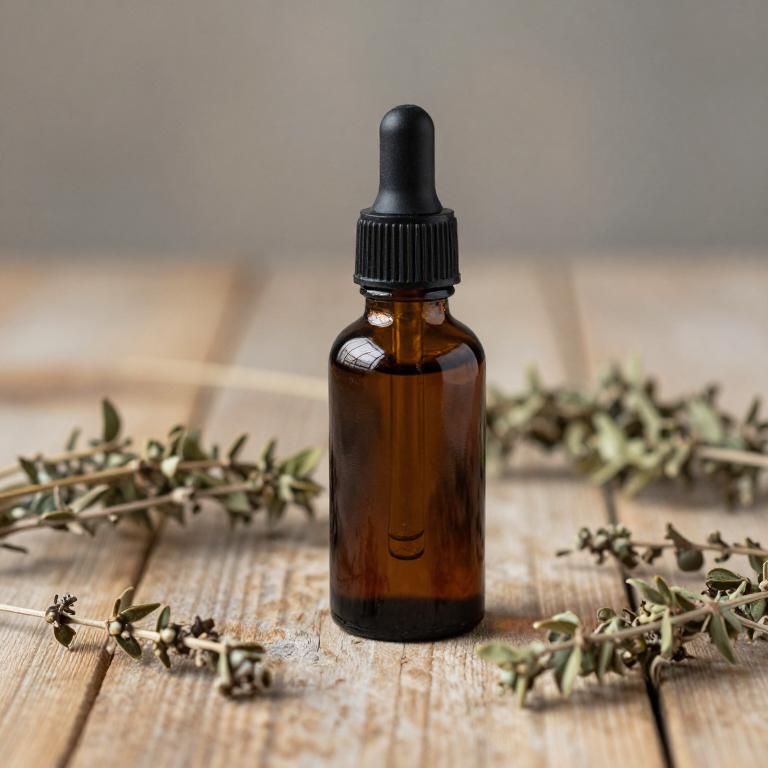
Salvia officinalis, commonly known as sage, has been traditionally used in herbal medicine for its soothing properties, particularly for throat redness and irritation.
Sage tinctures are often prepared by steeping the dried leaves in alcohol to extract its essential oils and active compounds, such as thujone and rosmarinic acid. These tinctures are valued for their antimicrobial and anti-inflammatory effects, which can help reduce inflammation and discomfort in the throat. When used as a gargle or diluted for internal use, sage tinctures may provide relief from symptoms associated with sore throats and respiratory infections.
However, it is important to consult a healthcare professional before using sage tinctures, especially for prolonged periods or in combination with other medications.
9. Mentha piperita
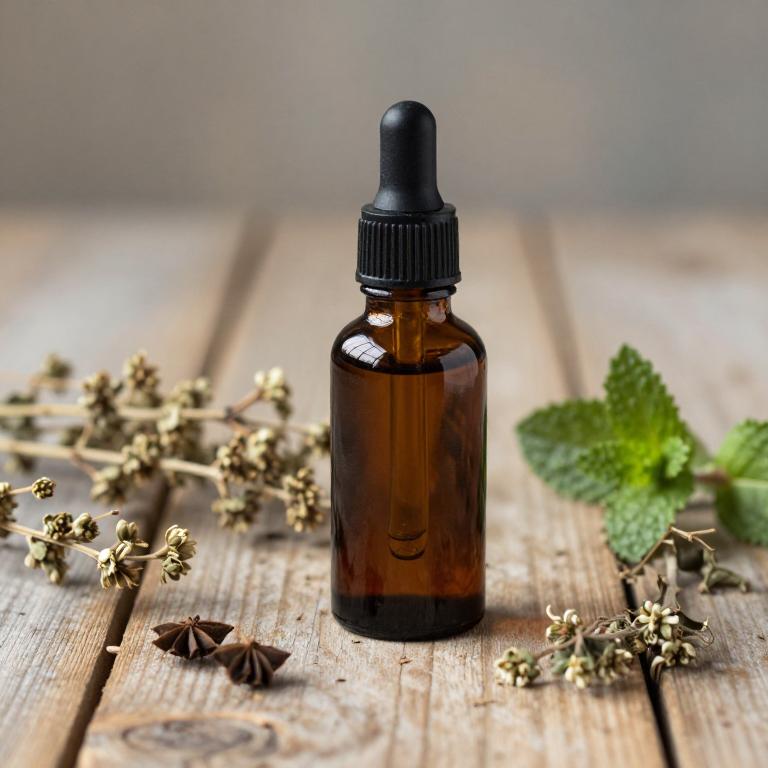
Mentha piperita, commonly known as peppermint, is a versatile herb often used in tincture form to address throat redness due to its cooling and anti-inflammatory properties.
Peppermint tinctures can help soothe irritation and reduce swelling in the throat, making them beneficial for conditions like sore throat or laryngitis. The essential oils in peppermint, such as menthol, provide a numbing effect that can alleviate discomfort and promote healing. When used as a throat spray or diluted in water, peppermint tinctures offer a natural alternative to conventional remedies.
However, it is important to consult with a healthcare professional before use, especially for individuals with asthma or other respiratory conditions.
10. Rosmarinus officinalis
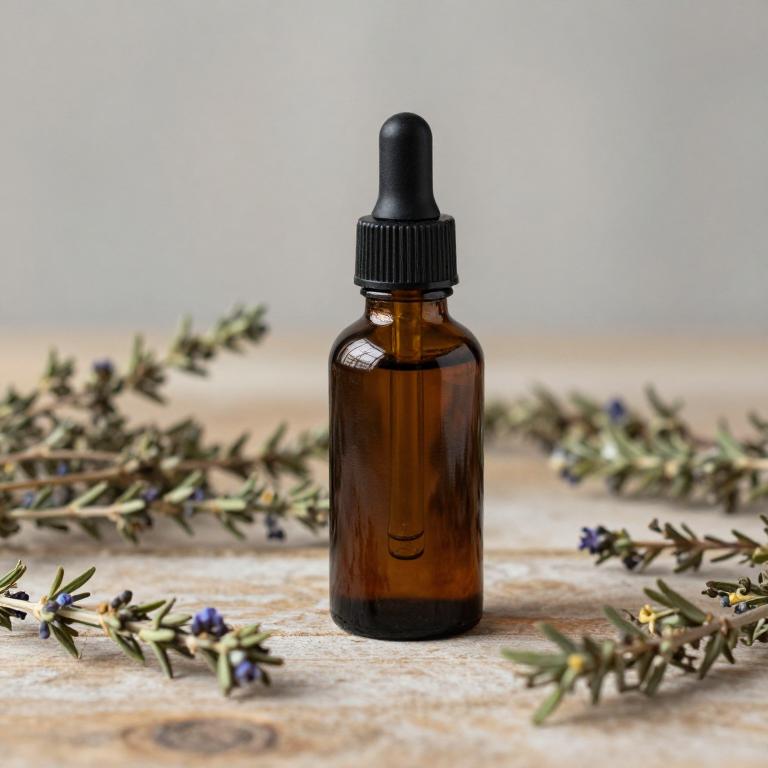
Rosmarinus officinalis, commonly known as rosemary, is a versatile herb that has been traditionally used for its therapeutic properties, including its ability to alleviate throat redness.
Rosemary tinctures are concentrated herbal extracts that can be used to soothe inflammation and irritation in the throat due to their anti-inflammatory and antimicrobial properties. The essential oils found in rosemary, such as camphor and cineole, contribute to its effectiveness in reducing throat discomfort and promoting healing. When used as a gargle or diluted in water, rosemary tinctures offer a natural remedy for sore throats and can be a beneficial addition to holistic health practices.
However, it is important to consult with a healthcare professional before using rosemary tinctures, especially for individuals with allergies or chronic health conditions.